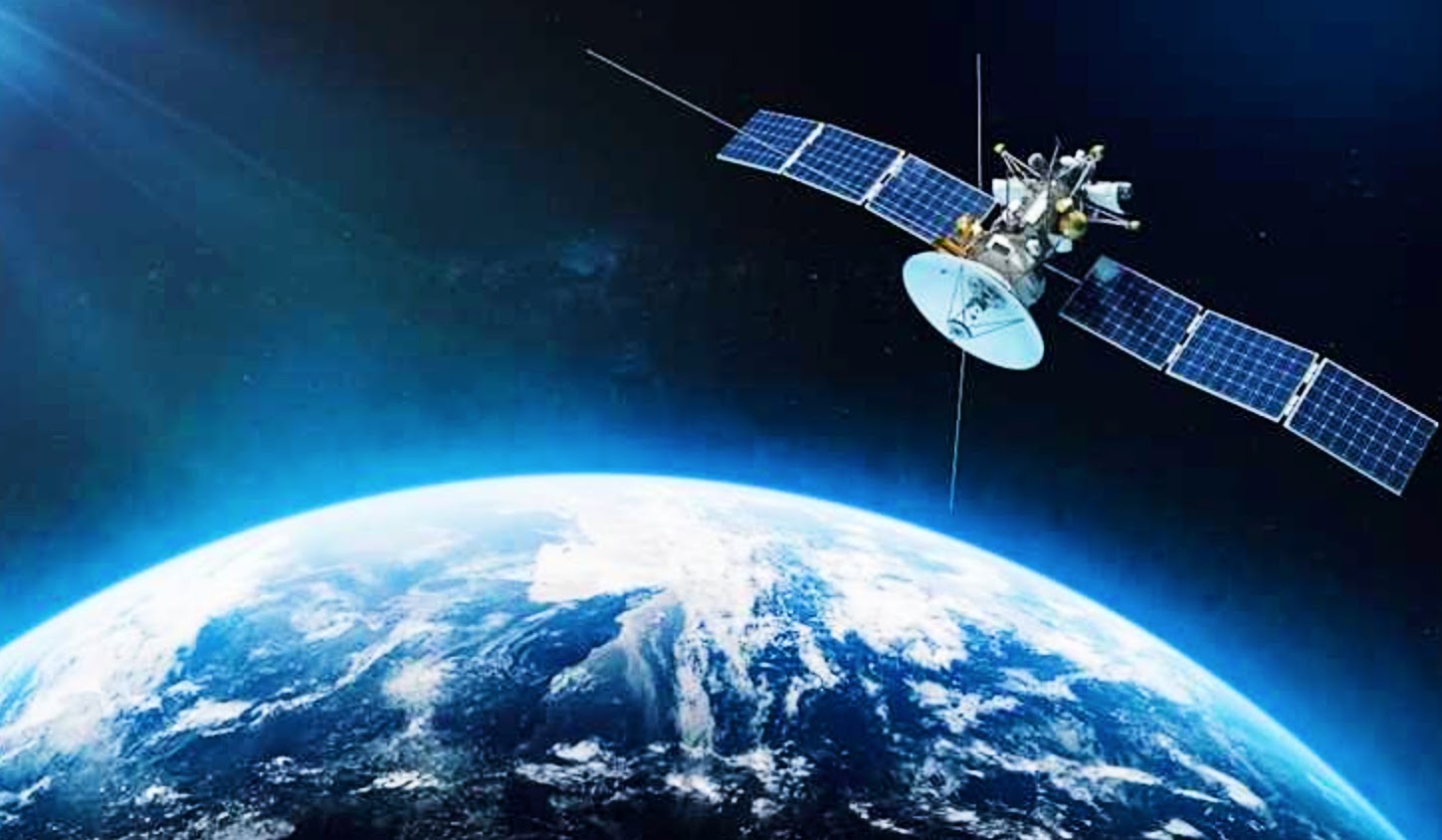
Spy Satellites: Guardians of National Security in the Space Age
In the realm of modern warfare and intelligence gathering, the skies have become a vast frontier for national security. Orbiting high above the Earth’s surface are silent sentinels – spy satellites. These sophisticated pieces of technology have redefined the way nations protect their interests, gather critical information, and maintain security. In this comprehensive article, we will delve into the world of spy satellites, exploring what they are, how they function, and the pivotal role they play in national security.
What are Spy Satellites?
Spy satellites, officially known as reconnaissance satellites, are artificial satellites placed into orbit around the Earth with the primary mission of gathering intelligence, monitoring activities, and providing crucial data to support a nation’s security interests. These satellites come in various shapes, sizes, and functions, depending on their intended purpose and the capabilities of the nation deploying them.
The Role of Spy Satellites in National Security
The contributions of spy satellites to national security are multifaceted and encompass a wide range of functions:
1. Surveillance and Reconnaissance
One of the primary functions of spy satellites is to provide continuous surveillance and reconnaissance capabilities. They can capture high-resolution images of the Earth’s surface, including both urban and remote areas. These images are invaluable for monitoring military activities, tracking troop movements, and detecting potential threats.
2. Intelligence Gathering
Spy satellites are instrumental in collecting vital intelligence information. They can intercept and decode radio signals, intercept electronic communications, and analyze the movements and activities of potential adversaries. This information is essential for strategic planning and decision-making.
3. Monitoring Environmental Changes
Spy satellites also play a critical role in monitoring environmental changes and natural disasters. They can capture images of wildfires, hurricanes, deforestation, and other environmental events, enabling timely responses for disaster relief and environmental protection efforts.
4. Verification of Arms Control Agreements
Spy satellites are used to monitor compliance with international arms control agreements. By observing missile launch facilities, nuclear test sites, and other military installations, they help ensure that nations are adhering to their commitments under various arms control treaties.
5. Crisis Management
During times of crisis, such as military conflicts or humanitarian disasters, spy satellites provide real-time information to military and government agencies. This data aids in decision-making, the deployment of resources, and the assessment of damage.
6. Navigation and Geolocation
Many spy satellites are equipped with advanced geolocation capabilities. They play a pivotal role in GPS (Global Positioning System) and other satellite-based navigation systems, facilitating precise positioning and navigation for military and civilian applications alike.
7. Secure Communication
Spy satellites support secure and encrypted communication channels for military and government agencies. They serve as essential components of secure communication networks, enabling the exchange of sensitive information without interception.
The Technology Behind Spy Satellites
The technology used in spy satellites is highly advanced and continually evolving. Key components and features include:
- Imaging Systems: Spy satellites use powerful imaging systems, including high-resolution cameras, synthetic aperture radar (SAR), and infrared sensors. These sensors can capture detailed images day or night and through various weather conditions.
- Data Encryption: To protect sensitive information, data transmitted from spy satellites are encrypted to prevent interception by unauthorized parties.
- Stealth and Evasion: Some spy satellites are equipped with stealth and evasion technologies to avoid detection and countermeasures by potential adversaries.
- Secure Ground Stations: Ground stations equipped with large antennas receive and process data from spy satellites. These stations are typically located in secure, remote areas.
Challenges and Controversies
The use of spy satellites is not without challenges and controversies. Some of the key issues include:
- Privacy Concerns: The capabilities of spy satellites raise concerns about privacy violations, as they can capture detailed images of civilian areas and activities.
- Weaponization of Space: The militarization and weaponization of space have led to concerns about the potential escalation of conflicts into outer space.
- International Relations: The deployment of spy satellites can strain international relations, especially when their use is perceived as a violation of sovereignty.
Conclusion
Spy satellites represent a critical component of modern national security infrastructure. Their ability to provide intelligence, surveillance, reconnaissance, and secure communication capabilities has revolutionized how nations protect their interests and respond to global challenges. However, the use of these technologies also poses ethical, legal, and diplomatic questions that continue to shape international discussions on the responsible use of space for security purposes. As technology advances, so too will the role of spy satellites in shaping the future of national security.
